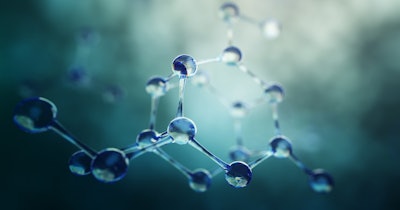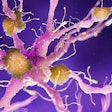
Researchers have tracked changes to lipids during respiratory viral infection, insulin resistance, and aging, suggesting that the fats may play a role in immune homoeostasis and inflammation regulation.
Lipids are a category of small fatty or oily molecules that include cholesterol and hormones. Inside the body, the molecules make up cell membranes, relay messages, and store energy. However, while researchers have extensively studied DNA and the proteins that it encodes for, there is a lack of knowledge about the links between many lipids and human health.
“Lipids are very understudied,” Michael Snyder, PhD, a professor in genetics at Stanford University, said in a statement. “They are involved in pretty much everything, but because they’re so heterogenous, and there are so many of them, we probably don’t know what most lipids really do.”
Snyder and his collaborators have begun to address the need for more knowledge about lipids and how the lipidome changes in healthy and diseased conditions, leading to the publication of a paper in Nature Metabolism. The paper describes the analysis of more than 1,500 samples collected from 122 people who had blood taken every three months when they were healthy and every few days when they were ill for up to nine years.
Using mass spectroscopy, the researchers cataloged more than 800 lipids. The study showed that everyone had a lipid signature that was stable over time. It also identified lipidome changes associated with disease. For example, Snyder and his collaborators reported that the levels of more than 200 lipids fluctuated during a respiratory viral infection. The fluctuations matched changes in energy metabolism and inflammation.
The researchers also looked for changes in the lipidome over time. The participants ranged in age from 20 to 79, and the length of the study provided an opportunity to assess if aging alters the lipidome. Omega-3 fatty acids decreased with age, while other lipids, including cholesterol, increased, but the rate of change varied between individuals.
“It raises the interesting question of whether lipid profiles could predict whether an individual is biologically aging more quickly or more slowly,” Si Wu, PhD, co-lead author of the study and a former postdoctoral fellow in Snyder’s lab, said.



















